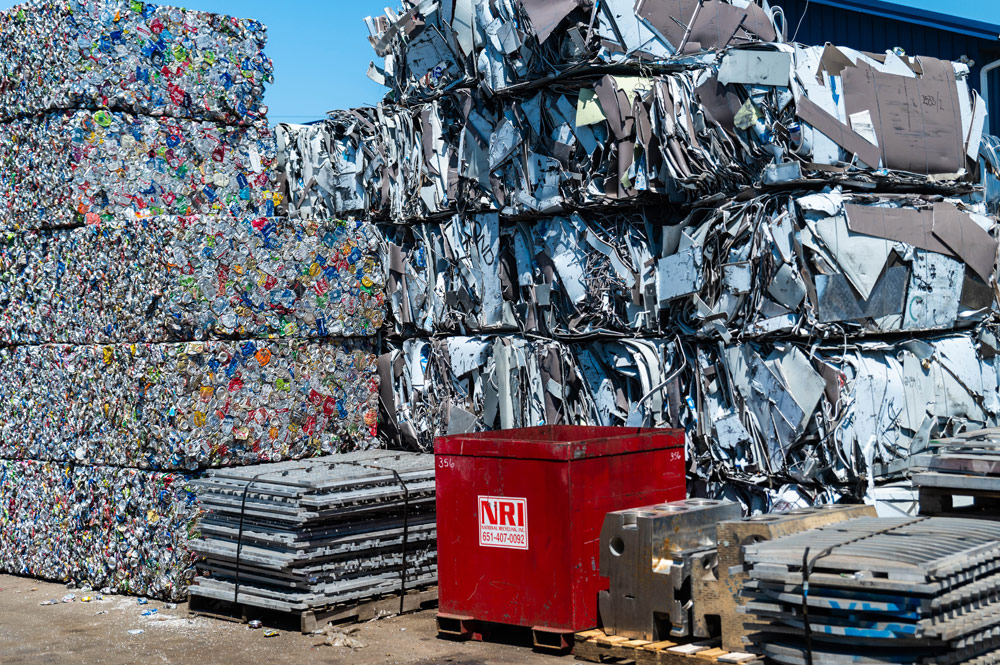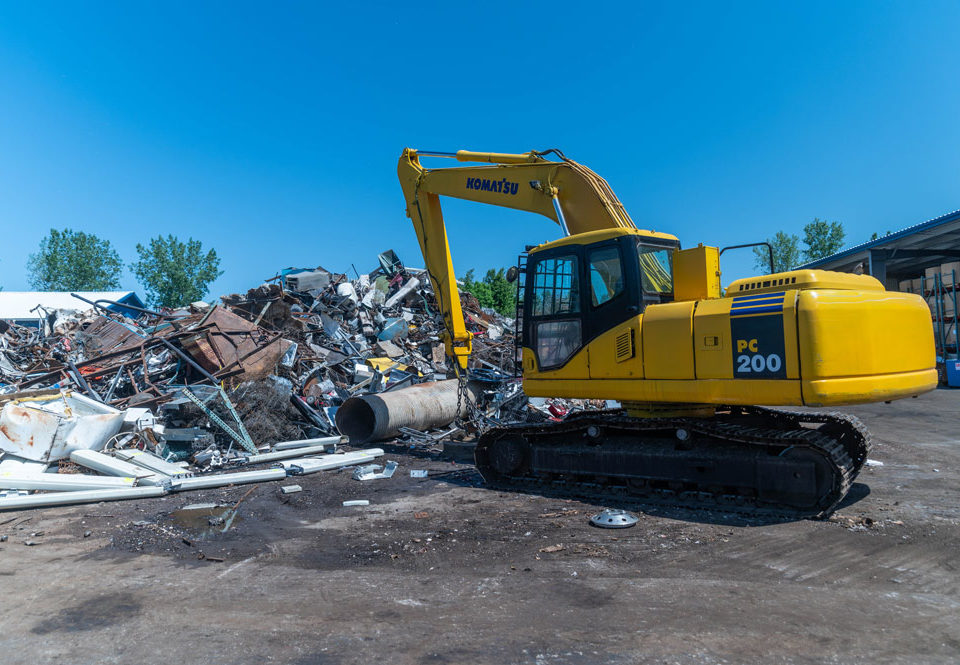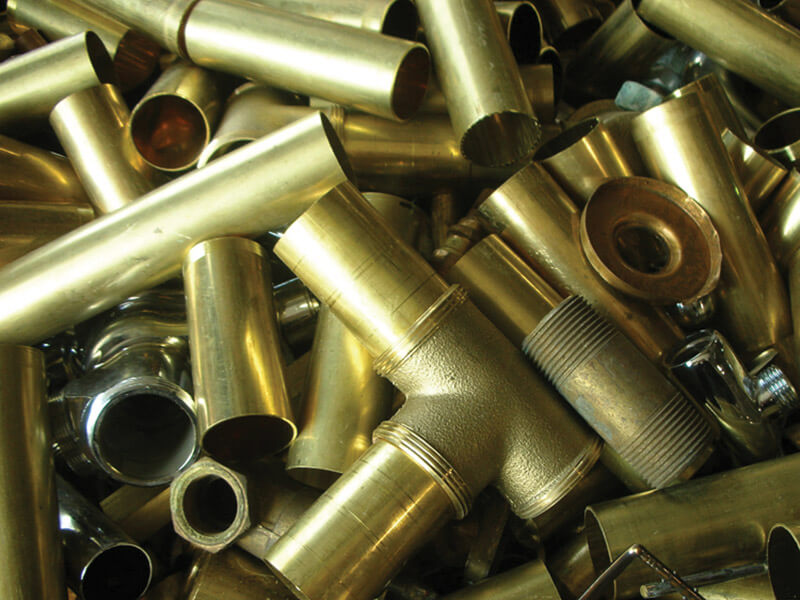
Scrap metal can be described as waste metal, metallic materials, or any product that contains metals that can be recycled from prior uses. The monetary value of scrap varies, whether it’s car parts, building materials, or surplus project materials.
Scrap metal can come from both commercial and domestic applications. Metals are essential secondary raw materials for the smelting of new metals whether they are ferrous or non-ferrous.
Because scrap metal can be re-used multiple times, it has a high market value. The electrician may have cables and equipment, the plumber may have copper pipes and brass fixtures, and the construction company may have beams upon beams of steel.
Unfortunately, they are frequently discarded in landfills because of a lack of knowledge and resources for metal recycling.
Identification of ferrous and non-ferrous metals
Metal recycling begins with determining whether the metal is ferrous or nonferrous. All that is required is a standard magnet. A magnet will stick to your metal if it’s a ferrous metal. Unless it sticks to your magnet, a metal is non-ferrous.
The most common non-ferrous scrap metals for recycling are those that do not contain iron and have a high corrosion resistance, such as copper, brass, aluminum, zinc, magnesium, tin, lead, and nickel.
Metal recyclers are less interested in ferrous metals, but if you have enough of them, you can still get some money. Iron and steel are examples of ferrous metals. You can find steel in many places, such as automobiles, seats, cabinets, and storage.
Non-ferrous metals recycling’s most valuable resource
Jewelry is made of brass, a metal. Non-ferrous metals such as brass are common and in demand and can be found on door handles, light fittings, keys, and plumbing fixtures. Copper and zinc combine to make brass. It is dense and can be extremely valuable simply based on its weight alone. The color is usually golden with a reddish tint.
Aluminum – Another metal that is found in many parts of a typical home, aluminum can be repurposed and recycled in a couple of months. Empty beverages and food cans are the most popular places to find this metal, but guttering, siding, and internal and external door and window frames are also great places. Aluminum is a particularly appealing metal for recyclers because the process saves 80% of the energy used to create it in the first place.
Copper – A common metal found in the construction of homes across the country, copper is also extremely profitable to recycle and in high demand at scrap yards. Good-quality copper fixtures and fittings are reddish, whereas worn copper fixtures and fittings are dark brown and occasionally green. Due to its versatility, it is commonly used for plumbing pipes, gutters, common electric lines, and even air conditioning units.
Why should you recycle with NRI?
Recycling metal contributes to environmental protection and energy conservation. As a result of the use of secondary raw materials, fewer natural resources are used to produce new metal compounds. Recycling materials in manufacturing can reduce energy consumption as well as CO2 emissions.
Using the latest technology available, we process ferrous and nonferrous metals, ensuring complete accuracy in weighing and pricing.



